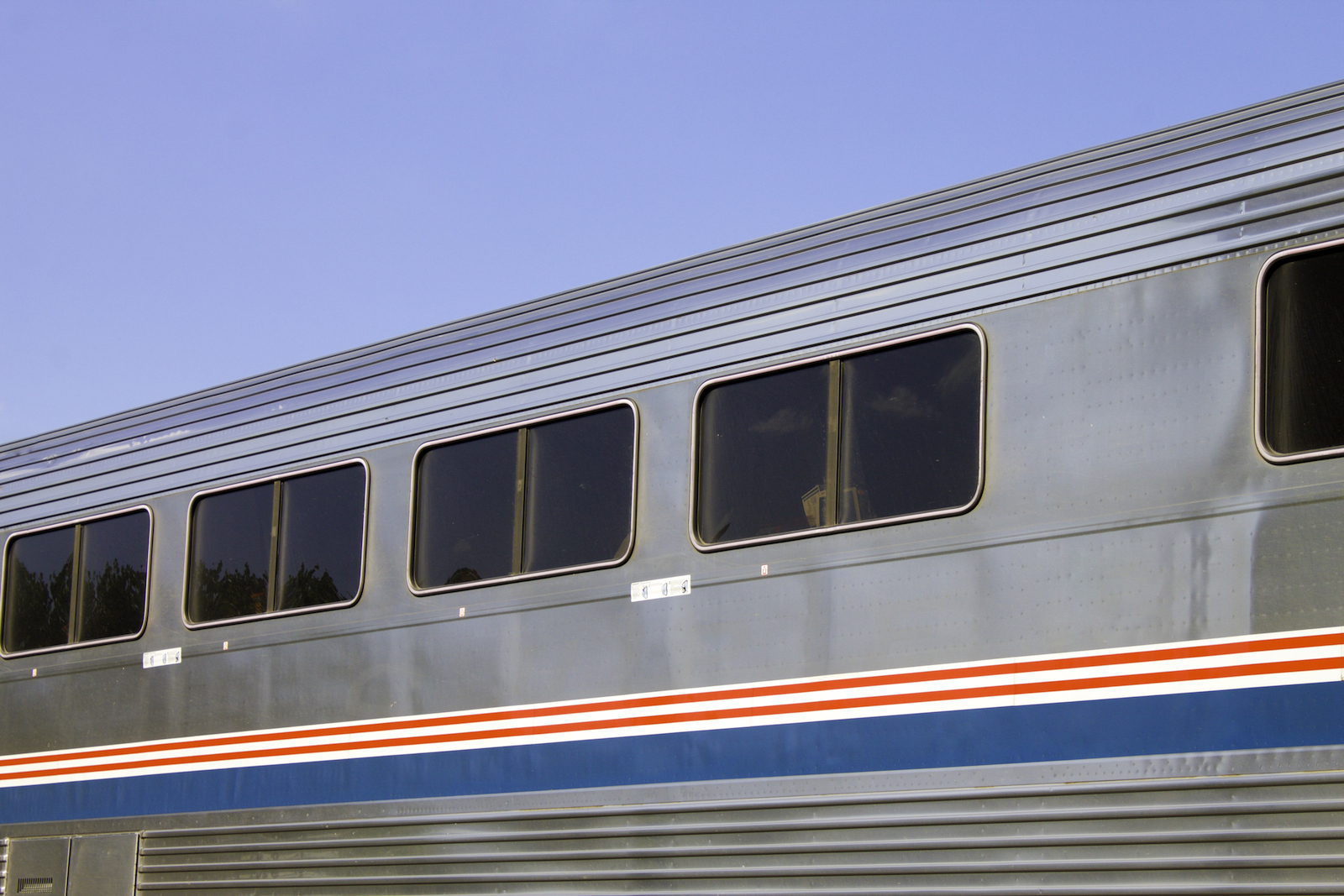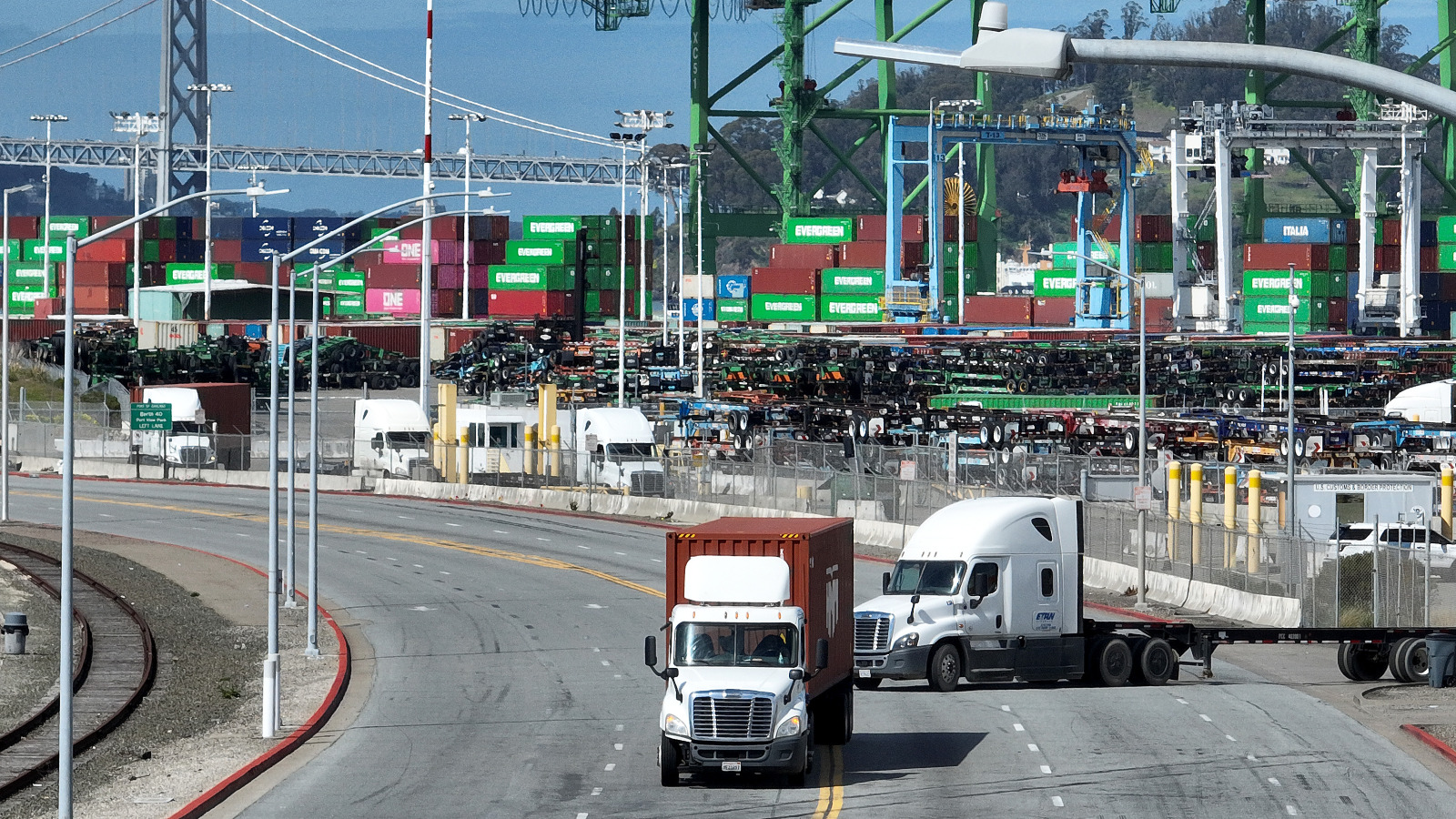In 1984, when Andrew Bader was 5, his parents took him on a cross-country train from California to New York. It was a special trip, one of the last experiences Bader shared with both parents before they split up. Decades later, in 2021, Bader decided to reenact a portion of the trip with his father and 6-year-old son. The plan was for the three generations of Baders to take Amtrak’s Coast Starlight train from the San Francisco Bay Area to Seattle, a 22-hour journey, and then catch a Seattle Mariners game at T-Mobile Park.
“I got from my father a love for baseball, and I was trying to connect that between generations,” said Bader, a Bay Area public school teacher. If all went well, he hoped to repeat the trip every summer, as a new family tradition.
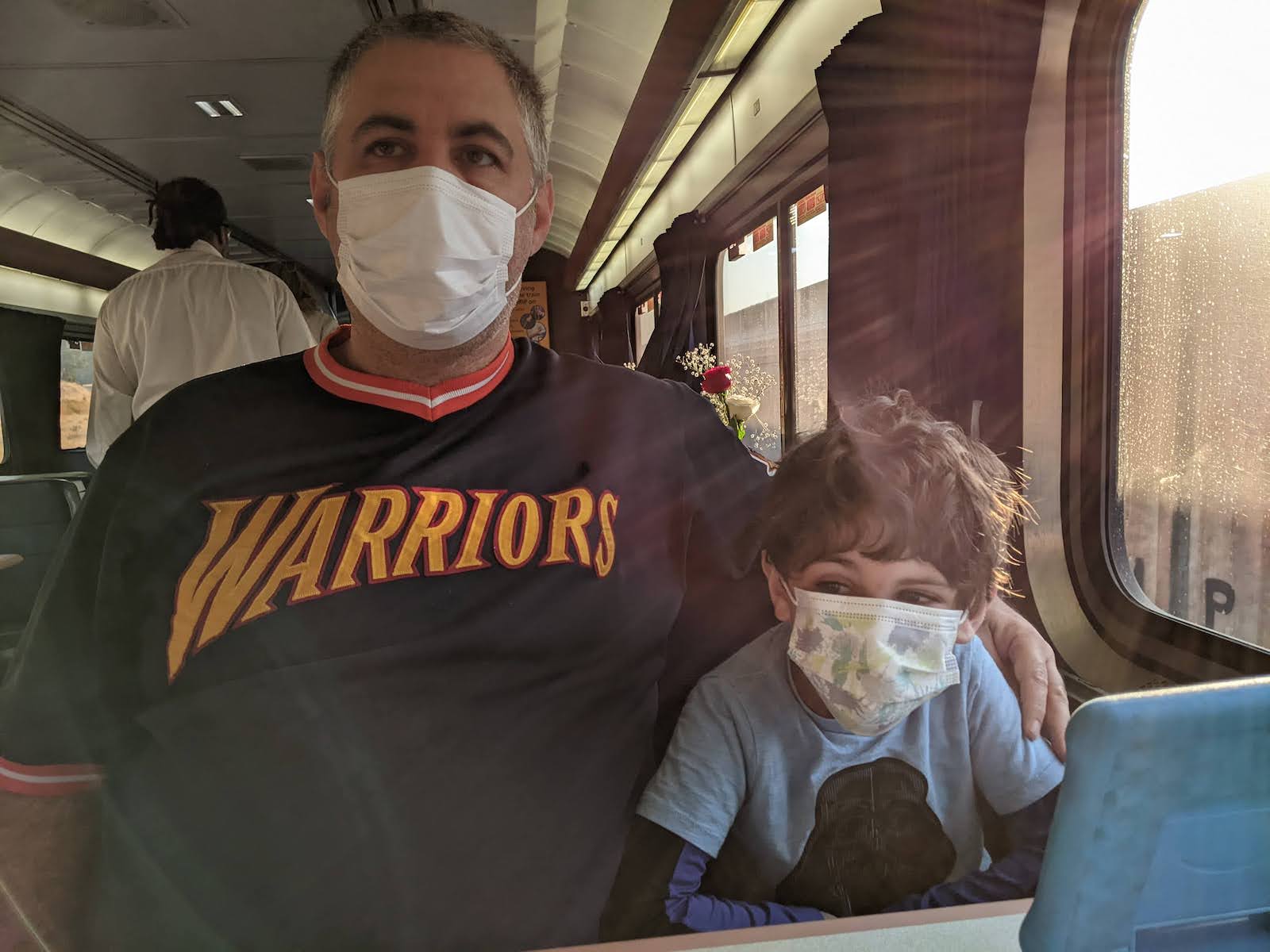
Bader bought the Amtrak tickets in early May 2021, with a plan to travel in late July. But in early July, he found out that a wildfire had damaged a bridge on the train’s path, interrupting the Coast Starlight route. When he got a refund for his canceled tickets, Bader remembers wondering, “Is this something we’re going to have to worry about every summer?” The Coast Starlight, one of Amtrak’s most scenic routes, was disrupted for a month as the bridge was repaired. Amtrak canceled some trains altogether, while other trips were altered so that passengers transferred to a bus for a portion of the route.
In July 2022, Bader and his son finally got to make the trip they’d planned more than a year earlier. But Bader’s father wasn’t with them — he’d passed away from cancer just a few weeks earlier. Instead of a new family tradition, the trip turned out to be a memorial. Bader lamented the opportunity he’d lost because of the wildfire. “You just feel incredibly frustrated that you’ll never have an opportunity to do those things again,” he said.

For Amtrak riders, canceled trains have become a familiar side effect of the extreme weather fueled by climate change. Earlier this year, historic flooding in California disrupted the Coast Starlight again, for nearly a month, along with other Amtrak routes in the Golden State. In the past couple of years, wildfires, coastal erosion, heat waves, and mudslides have closed or altered routes around the country for days, weeks, or months at a time. The federally chartered passenger rail operator tallied more than 450 disruptions from climate shocks between 2006 and 2019, costing the company $127 million in revenue from 1.3 million lost customers. Last year, Amtrak projected that it would sustain another $220 million in climate-fueled losses over the coming decade.
This is a much bigger problem than the frequent headaches and occasional heartbreak that come with canceled trips. If the United States is going to slash its carbon emissions to net-zero by 2050, as President Joe Biden has proposed, it will require a transformation of the country’s largest source of greenhouse gases: transportation. And that transformation is far less likely if passenger rail, one of the climate-friendliest travel options, isn’t able to withstand the extreme weather its widespread adoption could help prevent.
A recent federal report on decarbonizing the transportation sector said that America will have to “[f]ully leverage the potential for efficient travel modes like rail” to meet its climate goals: On average, Amtrak is 34 percent more energy-efficient than flying for every mile a passenger travels, and 46 percent more energy-efficient than driving. The precise carbon savings vary by route, and depend on whether a train runs on electricity or diesel fuel, but taking Amtrak can be half as carbon intensive as flying. As climate change worsens, Amtrak will be in a unique position to help reduce transportation emissions. But that will require it to figure out a way to guarantee reliable service across the country in the face of mounting disasters, while also expanding service to win over drivers and airline customers who today see passenger rail as either a curiosity or a last resort. And Amtrak will have to do all that without owning most of the tracks it operates on.
“We want to grow passenger rail in America,” said Adie Tomer, who leads the Metropolitan Infrastructure Initiative at the Brookings Institution, a nonpartisan think tank. “Rail is cleaner. But the adaptation need is here right now.”
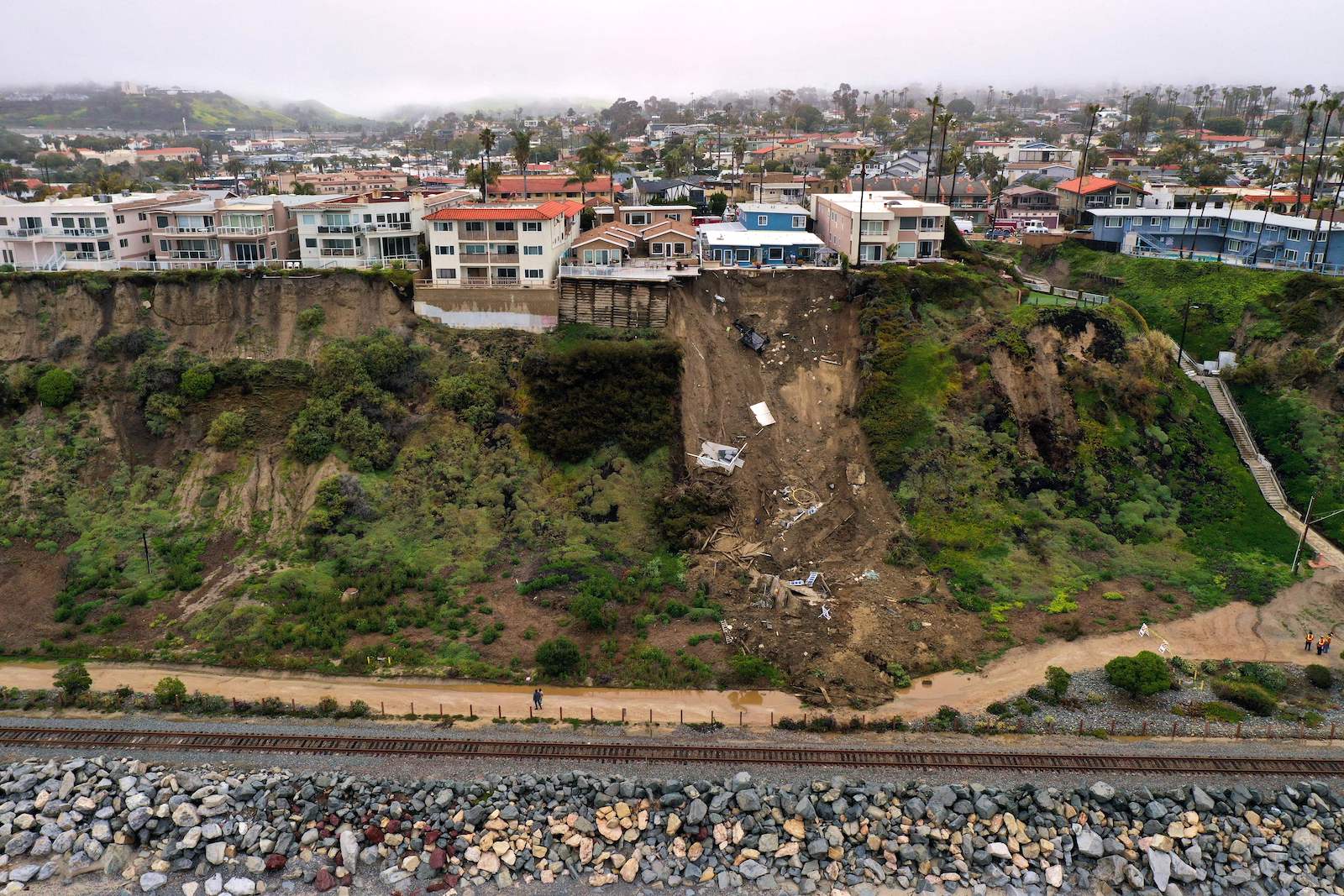
Amtrak has been thinking about climate change since at least 2014, when it set up a Climate Resilience Task Group “to explore potential climate risks and respond with recommendations.” To prepare for intensifying weather threats, Amtrak identified measures to reduce its vulnerability to sea-level rise, precipitation, extreme temperatures, and wind. They include relocating buildings and equipment outside of floodplains, raising or flood-proofing buildings, and constructing barriers to keep rising waters away from tracks and rail yards. Bridges could be raised, and stones strategically placed to prevent floating debris from damaging their foundations. Culverts, the tunnels that carry water beneath railroads, could be widened to handle climate-fueled floods, and tracks painted white to lower their temperature and prevent them from buckling during heat waves.
However, Amtrak is hamstrung in its ability to implement these types of changes, as it owns just 3 percent of the tracks it operates on. It can only update infrastructure in the Northeast Corridor: the network of tracks that stretch between Washington, D.C., and Boston, the only major chunk of Amtrak’s rail network that the company actually owns. Not coincidentally, it’s also the only major chunk of the rail network where Amtrak runs its high-speed Acela service — which is faster than regular Amtrak trains, though not so fast by international standards — and where Amtrak effectively competes with flying. The rest of the network is primarily owned by freight companies that move consumer goods and industrial materials from point A to point B, like Union Pacific, Norfolk Southern, and CSX.
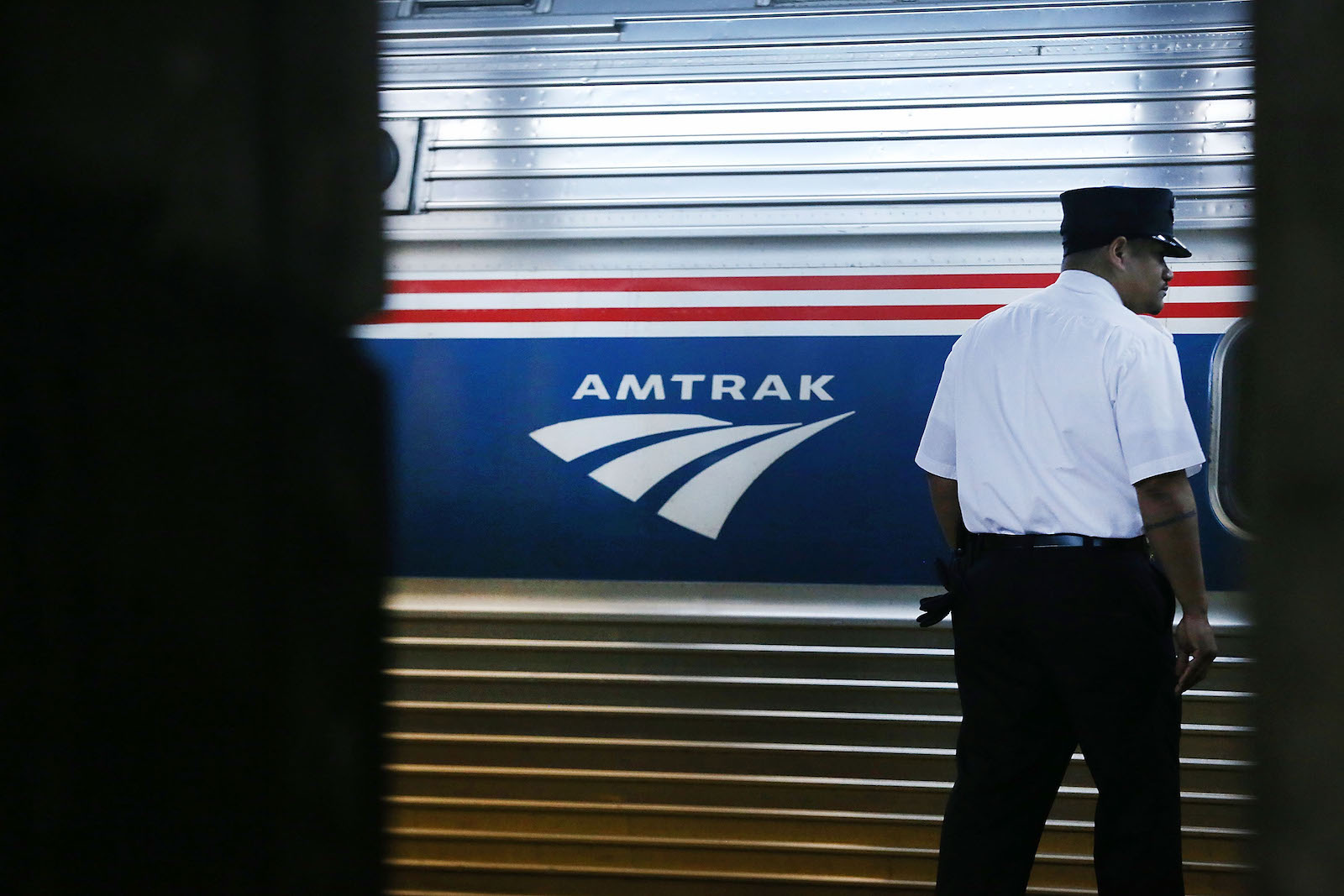
“While weather events on the National Network impact Amtrak services and operations, we do not own most of the assets affected outside of the Northeast Corridor, and therefore would plan and assess vulnerabilities differently,” Olivia Irvin, an Amtrak spokesperson, told Grist.
Amtrak is planning to conduct a national climate vulnerability assessment this fiscal year, to “help us identify prominent climate-related risks by region, evaluate how our operations may be impacted, and identify business practices that position us for greater resilience,” Irvin said. It doesn’t have much room to maneuver: In a 2022 report, the company admitted that it “has limited ability to implement climate adaptation measures on host rail.” The report concluded that attempting diplomacy with the freight companies was its best bet: “Collaboration with partners, as well as the ability to communicate the financial benefit of resilient infrastructure through estimating losses avoided over time, is essential for managing use of externally-owned and shared assets.”
Amtrak’s lack of control over most of the tracks on its routes isn’t just a problem for planning for future climate changes. It’s also a problem for responding to the climate impacts that are happening today. When fires, mudslides, or flooding damage tracks outside of the Northeast, Amtrak is at the mercy of freight train companies to get its trains up and running again. P.S. Sriraj, the director of the Urban Transportation Center at the University of Illinois Chicago, says that the importance of a route to the freight company dictates how quickly tracks get repaired.
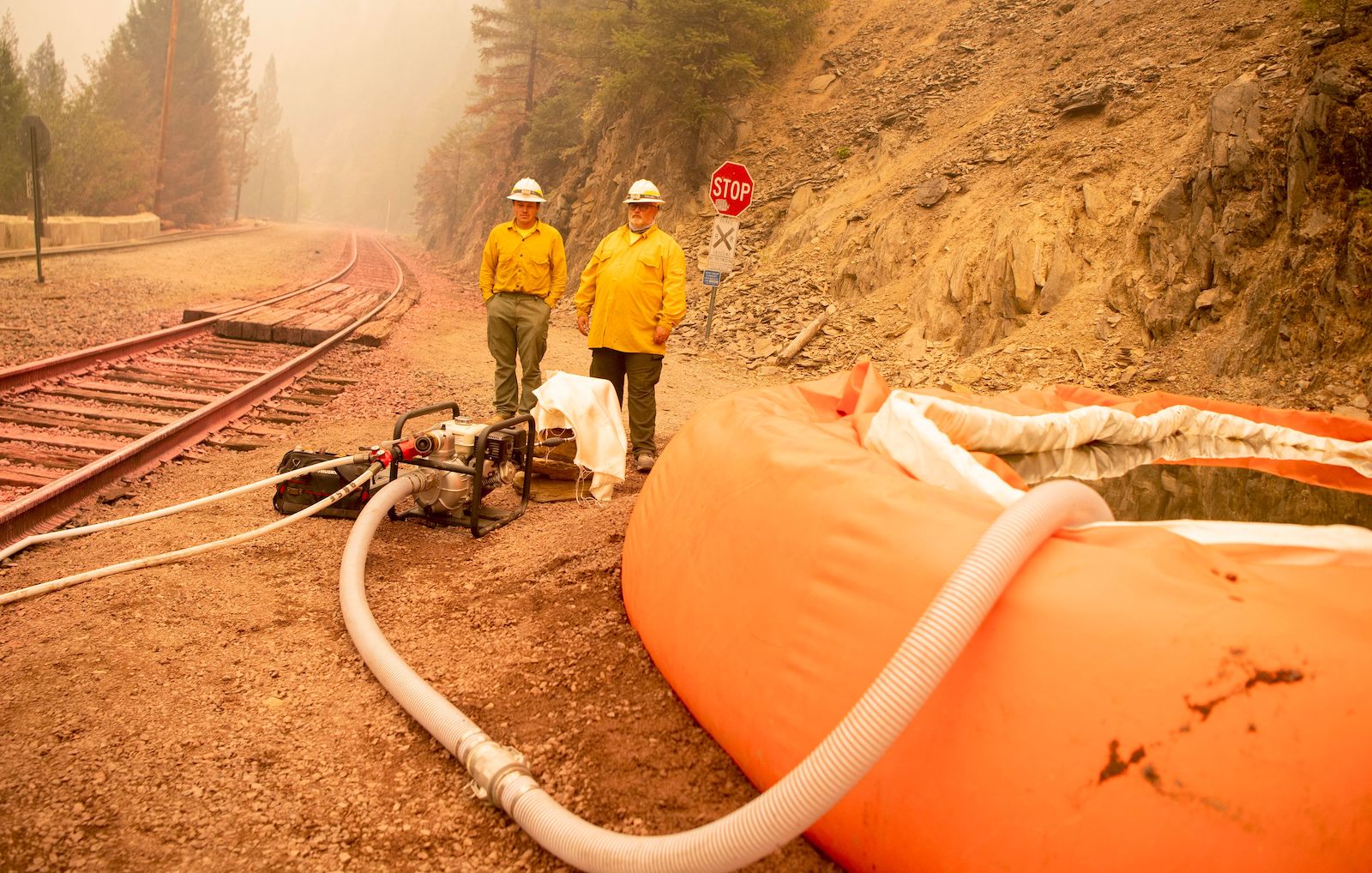
Union Pacific, the freight company that owns the Northern California bridge damaged in the wildfire in 2021, rushed to repair it, since Union Pacific considers the route “vital.” But if the damaged track is a section that the freight company leases to Amtrak but doesn’t use for its own trains, then it may balk at the cost of repairs or ask the government to take on the burden of fixing it.
“It’s very easy to say, ‘Oh, the freight railroad owns the track, and so they should be responsible for fixing it,’” Sriraj told Grist. “That really depends on how the lease agreements are drawn up.” After Hurricane Katrina disrupted Amtrak’s Gulf Coast service in 2005, CSX and Norfolk Southern tried to get Amtrak to pay for $440 million of infrastructure upgrades as a condition of restoring service. (The companies eventually reached a confidential settlement allowing passenger rail service to return.)
A spokesperson for the Association of American Railroads, an industry trade group, said that restoring and repairing tracks after disasters is “essential” and pointed out that freight rail companies “collectively invest more than $20 billion annually to maintain and enhance the rail network.” While “[e]ach host-tenant relationship is unique and subject to its own agreement,” the spokesperson said, “freight railroads collectively take substantial steps to increase infrastructure resilience and quickly restore service following a natural disaster.” The industry has also installed seismic, wind, and water detectors along high-risk tracks, the spokesperson added, and replaced wooden bridges with concrete and steel alternatives.
When your flight gets canceled because of bad weather, you can usually book another one within a few hours or days. When a road gets damaged by mudslides, you can generally find an alternate route to get where you’re going. But Amtrak doesn’t have that kind of redundancy built into its system. It operates on a measly 21,400 miles of track around the country, compared to 4 million miles of roads. When parts of that track network go down, the passenger rail company has to either cancel its scheduled service or pile passengers onto buses. That’s what happened when rising sea levels forced the emergency closure of a section of Amtrak’s Pacific Surfliner — the coastal route that carries 3 million passengers annually between San Luis Obispo and San Diego in Southern California — last September, and again following a landslide in April. For more than half a year, Pacific Surfliner passengers have had to transfer from the train to a bus, and then onto a different train, in the middle of their trip.

The patchwork nature of Amtrak’s network means that making the rail operator more climate resilient while also helping it attract more passengers is no simple matter. The bipartisan infrastructure law that President Joe Biden signed in 2021 could help, indirectly. The $550 billion in spending didn’t include any dedicated funding to make railroads more climate resilient, though it did contain $22 billion in grants for Amtrak repairs and some $44 billion in other rail funding. This funding will be largely disbursed by the Federal Railroad Administration, or FRA, an agency within the Department of Transportation.
Michael Johnsen, the Federal Railroad Administration’s senior advisor on climate and sustainability, says the agency will be looking to invest that money in projects designed to handle a warmer world. “FRA wants to make sure that when we build something, we build it to last 100 years,” he told Grist. The Biden administration announced in January that funding from the law will go toward two train tunnel improvement projects in the Northeast, and Johnsen said his agency wants to make sure “those are being built to withstand projected climate impacts.”
The bipartisan infrastructure law also contains funding for a broader strategy that the experts Grist spoke to said is essential both for driving up ridership and for setting resilience priorities: shoring up intercity rail service in corridors that connect urban centers with an economic connection to one another, often thanks to shared industries. The “sweet spot,” said Robert Puentes, the president and CEO of Eno Center for Transportation, a nonprofit think tank in Washington, D.C., is “about 400 to 500 miles, where it’s too short to fly, too long to drive.” Chicago, Columbus, and Pittsburgh fit the bill, for instance, as do Houston, Dallas, and San Antonio. Investments in such corridors could allow Amtrak to attract more riders with frequent, reliable service, and would also help the company and policymakers target climate resilience efforts effectively. Amtrak has proposed expanding service along many of these corridors and hopes to use some funding from the bipartisan infrastructure law to do so; some smaller, private passenger rail companies have also proposed service filling in these gaps.
“It’s important that we designate actual priority corridors where we expect to have significant service,” Tomer said. “Those then become the rail corridors to have the utmost environmental protection.”
Of course, there’s still the problem of Amtrak not controlling the tracks it runs trains on. The solution there, Tomer and Puentes said, is for state governments to step in to play a more active role in resolving conflicts between passenger and freight companies — and, if necessary, buy up the tracks in the public interest. This approach has already seen enormous success in North Carolina and Virginia, both of which have taken active roles in expanding their rail networks. The states saw train ridership reach all-time highs last year, even as national Amtrak ridership was still flagging from the pandemic. Virginia’s two-decade effort to shore up train service has “transcended any partisanship,” a rail advocate told the Washington Post in 2021, since lawmakers on both sides of the aisle “wanted to bring better rail service to their communities.” The state’s strategy has included taking over hundreds of miles of tracks.
“If the freight rail companies cannot collaborate in terms of capital investments with the public sector to build corridors that can allow trains to move at international high speed rail standards, then the government needs to do it itself,” Tomer said. Rail workers have called for nationalization of the railroads, and many observers have argued that publicly owned tracks could reduce the likelihood of environmental and public health disasters like the train derailment in East Palestine, Ohio.
Ultimately, it will take not just federal funding, but also ambition from states to help Amtrak reach its full potential as a disaster-resilient climate solution — and to attract passengers who might not even consider it as an option today. Right now, Sriraj said, Amtrak is “for those that really do not have any other option, and then it’s for those that yearn for the nostalgia of train trips. So it becomes a very exclusive, very small segment of the population that looks towards Amtrak as opposed to that being in the public consciousness.”
For Bader, the Bay Area school teacher, nostalgia played a big role in the train trip he planned with his son and father. But he says that when he’s planning trips and pulls up Google Maps, the first thing he does is check to see if taking the train is possible.
“I would embrace any sort of train option over any sort of long car ride,” Bader said. “I would love to take trains over great distances to places that right now flying is the only option.”

